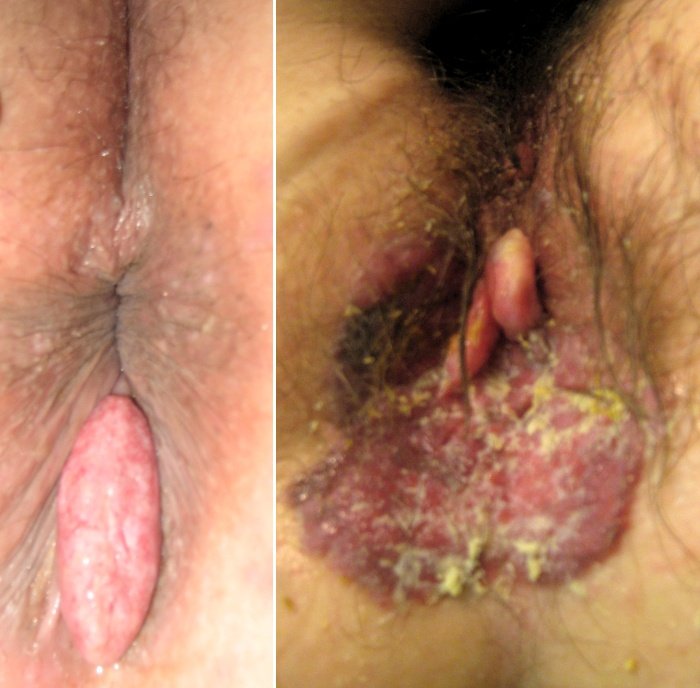
You may recall, Farrah Fawcett, one of the Charlie’s Angels, was diagnosed with anal cancer in 2006. Three years later she died.
There is no need to panic. Anal cancer is fairly uncommon. It accounts for about one to two per cent of gastrointestinal cancers. About 4,000 new cases of anal cancer are diagnosed each year in the U.S.A., about half in women. Approximately 600 people will die of the disease each year.
In Canada, incidence of anal canal tumours is approximately 515 cases per year with annual incidence rate of 1.3 per 100,000 population. Review of cancer registry by researchers has shown that the incidence of anal cancer in Canada is increasing.
Anal cancers can be just outside the anus (perianal) or inside the anus. The anal canal extends from the anal verge to the upper border of the anal sphincters, and is approximately four to five cm in length. The skin for a five cm radius around the anal verge is called the perianal skin or anal margin.
What are the risk factors for developing anal cancer?
We do not know the exact cause of most anal cancers. But we know certain risk factors are linked to anal cancer. Most people with anal cancer are over 50 years old. Having anal warts significantly increases the risk. Anal warts are caused by infection with the human papilloma virus (HPV).
Persons who participate in anal sex are at an increased risk. Use of condoms is highly recommended to reduce the risk. Harmful chemicals from smoking increase the risk as well. People with weakened immune systems, such as transplant patients who must take drugs to suppress their immune systems and patients with HIV (human immunodeficiency virus) infection, are at a somewhat higher risk.
People with long-standing anal fistulas or open wounds are at a slightly higher risk. People who have had pelvic radiation therapy for rectal, prostate, bladder or cervical cancer are at an increased risk.
What are the symptoms of anal cancer?
Mostly they are no different than symptoms of hemorrhoids. That is why patients should stop saying, “Doctor, my hemorrhoids acting up again.” When you see your doctor, say what symptoms you have and let him/her make the diagnosis.
Most patients will complain about bleeding, itching, feeling of a lump, may have pain, narrowing of stools, discharge and staining of underwear and in advanced cases there may be enlarged groin lymph glands.
Biopsy is required to confirm the diagnosis. Treatment of anal cancer depends on the extent of the problem and may include surgery, radiotherapy and chemotherapy. Anal cancer can be prevented or picked up in early stages by eliminating the risk factors mentioned earlier and having your butt checked out on a regular basis. Follow the protocol for screening for anal, rectal and colon cancer. For more information, visit my website: www.nbharwani.com.
Start reading the preview of my book A Doctor's Journey for free on Amazon. Available on Kindle for $2.99!